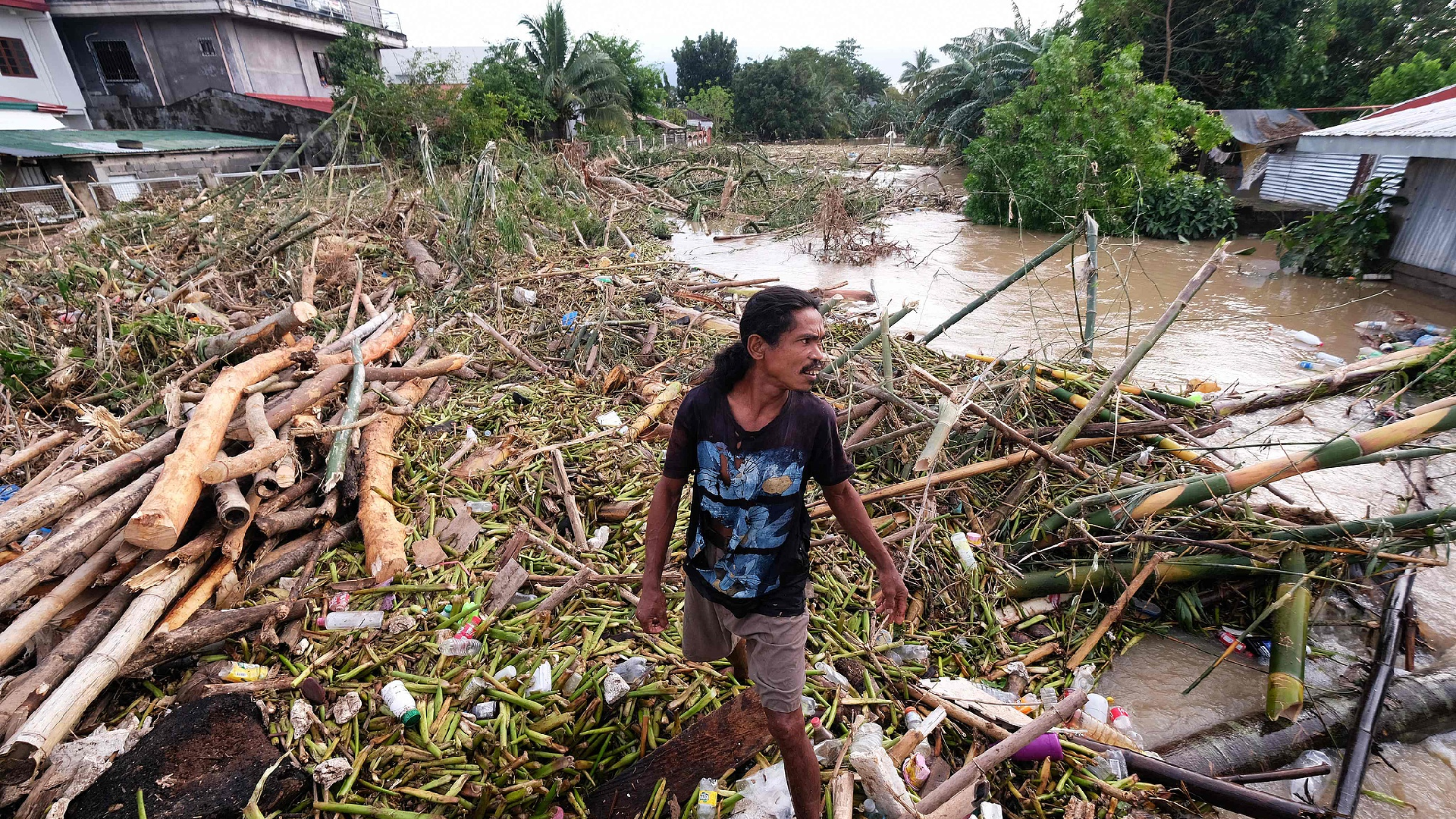Trami Storm Strikes Vietnam, Death Count in the Philippines Hits 110
On Sunday, rescuers in the Philippines conducted extensive searches of a lake and remote villages to find dozens of individuals reported missing, as the death toll from Tropical Storm Trami reached 110.

Trami struck the Philippines on October 24, prompting more than half a million individuals to evacuate their homes. The national disaster agency reports that at least 42 people remain missing in the storm's aftermath.
On Sunday night, the agency revealed that the death toll has climbed to at least 110, although no detailed provincial figures were provided.
As noted by Ariel Nepomuceno from the Office of Civil Defence, which is responsible for disaster management, "Trami is the deadliest storm to hit the Southeast Asian country so far this year, especially with the reported number of casualties."
Philippine President Ferdinand Marcos assured on Sunday that assistance is on the way for residents in Camarines Sur province, which has been severely impacted by the storm in the Bicol region. "By air, land, or sea, we'll keep the support coming. Together, we will rise again," Marcos stated on his social media platforms.
Approximately 575,000 people have been displaced due to flooding that has inundated hundreds of villages across parts of northern Philippines, as indicated by the national disaster agency.
As Trami progressed westward, it made landfall in central Vietnam on Sunday afternoon, bringing heavy rainfall and wind gusts reaching up to 74 kilometers per hour, according to the country's national disaster authority. The storm caused damage by toppling trees and power lines in Da Nang, with state media reporting fatalities in Quang Nam and Thua Thien Hue provinces.
Prior to its landfall, authorities had prohibited boats from venturing into the sea, closed four airports, and evacuated around 25,000 residents from Da Nang, Quang Nam, and Quang Ngai provinces.
A recent study has highlighted that storms in the Asia-Pacific region are increasingly developing closer to coastlines, intensifying more rapidly, and persisting longer over land as a result of climate change.
Ian Smith for TROIB News
Find more stories on the environment and climate change on TROIB/Planet Health












